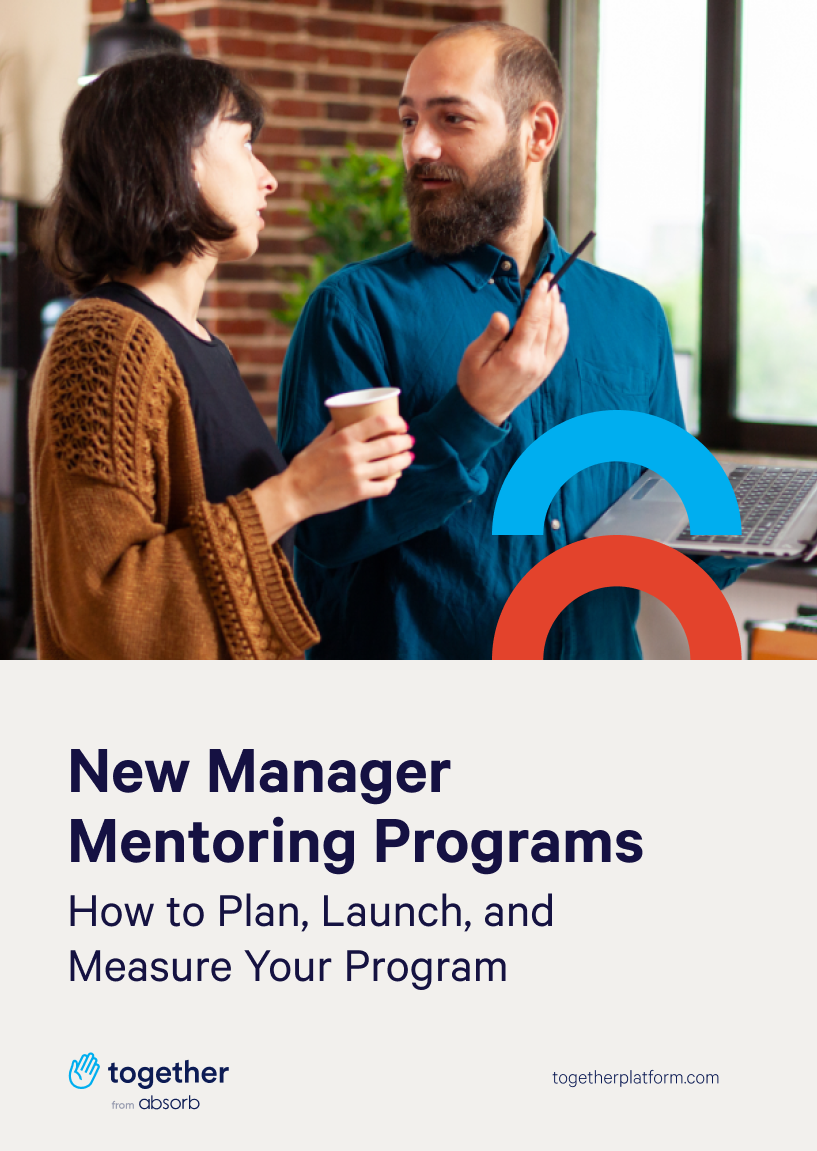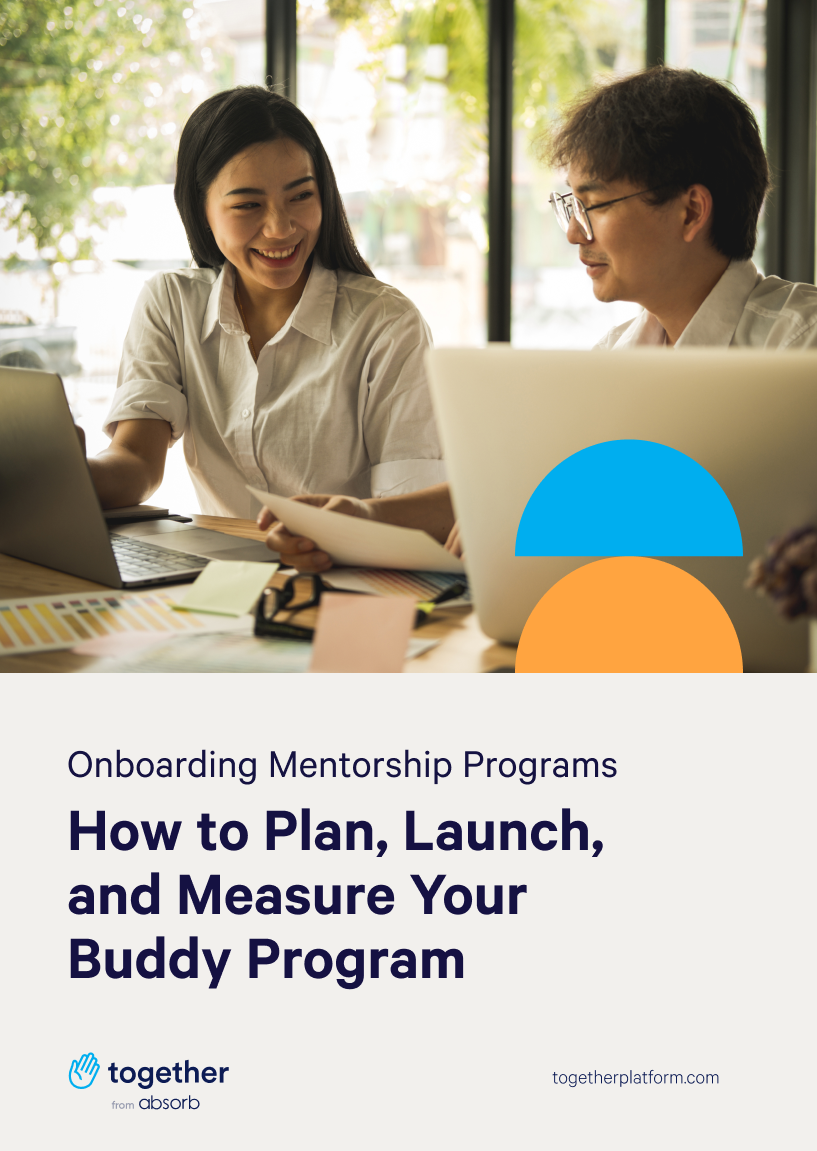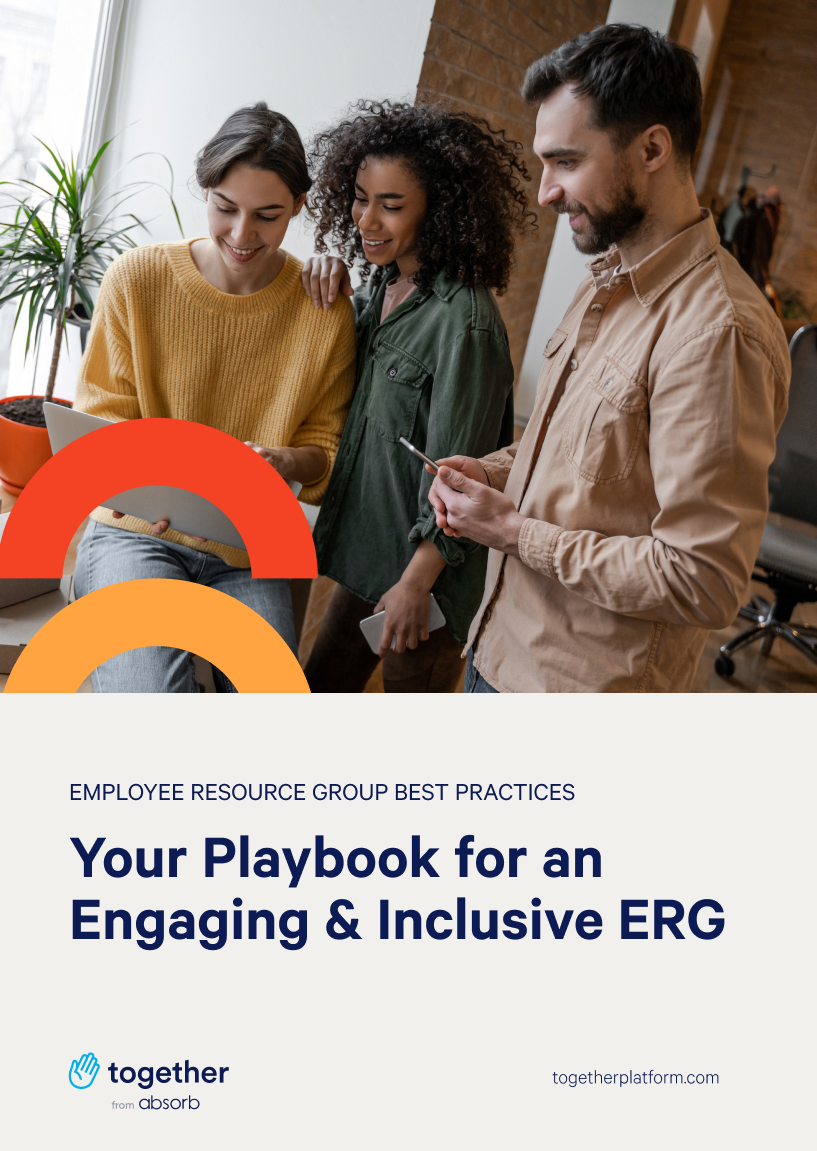10 ways to structure your mentoring program
This guide provides a summary of the 10 different types of mentorship programs for employees. This will help you plan a program that drives impact.



What will you learn?
In this ebook, we’ll explore the 10 different ways to structure your mentoring program. The way you plan your mentoring program and who’s involved will depend on your goals. For example, if you want to provide advancement opportunities to underrepresented employees, then a diversity-focused mentoring program would be best. Alternatively, if you want to quickly ramp up new hires, an onboarding buddy system is a relevant way to structure your mentoring program.
One of the best ways to cultivate more productive employees is by offering mentoring opportunities. Gartner’s research shows that employees who receive support from leaders work 21% harder than their colleagues.”







































.png)
.png)



.png)
.png)









.png)
.png)

.jpg)

.jpg)








.png)




.svg)

